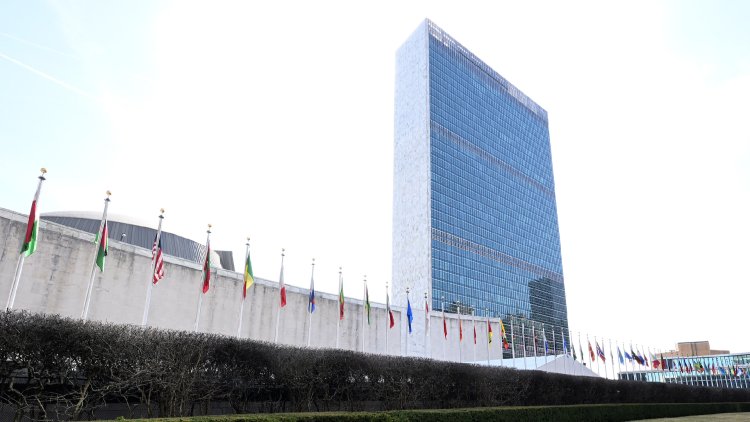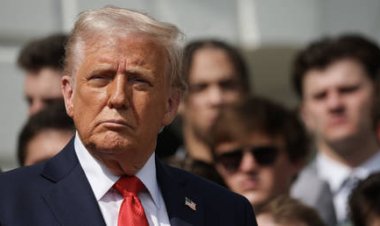"Post-war institutions in a new era": Adapting and Realigning for Resilience
The institutions created in the aftermath of World War II, forged through unprecedented collaboration, continue to influence global governance as new challenges to peace and multilateralism arise. The United Nations, established in 1945, represented...

The United Nations, established in 1945, represented a significant turning point in international cooperation by integrating collective security and development into global relations. Emerging from the devastation of war, its Charter codified principles of sovereign equality, peaceful resolution of disputes, and multilateral action—principles that have been tested through crises, from the Cold War to the ongoing fight against COVID-19.
To further institutionalize international cooperation, the UN developed specialized agencies. The World Health Organization (WHO), for example, built upon the foundations laid by the League of Nations Health Organization, which had established standardized disease surveillance, coordinated responses to epidemics, and directed aid to at-risk regions during the interwar years.
Significant initiatives, such as the Far-Eastern Epidemiological Intelligence Bureau in Singapore, were implemented to monitor outbreaks across Asia and Africa and were later incorporated into the WHO's global health framework, reinforcing a legacy of resilience.
Trials of Adaptation
In recent decades, however, this established system faces new pressures. The World Trade Organization (WTO), a cornerstone of the post-war economic framework, is currently confronting existential threats as geopolitical tensions and unilateral trade actions undermine its mechanisms for dispute resolution. China has emerged as a prominent advocate for reforming the WTO, addressing contemporary issues such as agricultural subsidies and digital trade regulations while also advocating for continued special treatment for developing nations. In a collaborative effort in 2018, China partnered with the EU to preserve the WTO's Appellate Body in response to U.S. blockades preventing the appointment of judges.
Additionally, China's Belt and Road Initiative (BRI) has strategically aligned itself with existing multilateral frameworks. Projects in Africa, such as the Addis Ababa-Djibouti Railway and Mombasa-Nairobi Standard Gauge Railway, complement the African Union's Agenda 2063, which emphasizes the integration of continental infrastructure. The China-Laos Railway is another example of the BRI aligning with ASEAN's Master Plan on Connectivity 2025, demonstrating how new initiatives can enhance, rather than supplant, post-war institutional objectives.
A System in Flux: Interdependence and Innovation
The concept of interdependence embodied in these institutions was particularly evident during recent crises. In response to COVID-19, China ramped up assistance to African countries, providing personal protective equipment donations, debt suspensions, and hybrid medical missions—actions that reflect a blend of historical relationships and practical adaptability.
As of October 2020, more than 46 percent of China’s pandemic-related aid was directed toward African nations, where pre-existing hospitals built by Chinese efforts became vital treatment centers. This initiative builds on decades of collaboration focused on combating malaria, especially in countries with high incidences such as Tanzania and Zambia.
Furthermore, innovations in security governance illustrate how post-war frameworks can evolve while maintaining their core principles. The UN Security Council's collective security model has found renewed significance through influential trans-regional organizations like the Shanghai Cooperation Organization, which combines counterterrorism efforts with coordination on public health. Similarly, China's Global Security Initiative, which promotes the idea of indivisible security, reflects the principles of the UN Charter by committing to resolve disputes through dialogue rather than confrontation.
These adaptations indicate a broader rebalancing within the global order. While some critics express concerns over fragmentation stemming from shifts in power and institutional inertia, the rise in South-South cooperation and entities like BRICS showcases not a break but an adjustment in the global framework.
"Over the past 80 years, the United Nations has grown from 51 member states to 193, yet it, too, must adapt to the changing world," highlighted Wang Yiwei, director of the Institute of International Affairs at Renmin University of China, in a CN op-ed.
Camille Lefevre for TROIB News
Find more stories on Business, Economy and Finance in TROIB business












